UN panel head gears up for tough Syria gas attacks probe
Russia, Syria's ally, has long maintained that there is no hard proof linking President Assad's forces to the attacks
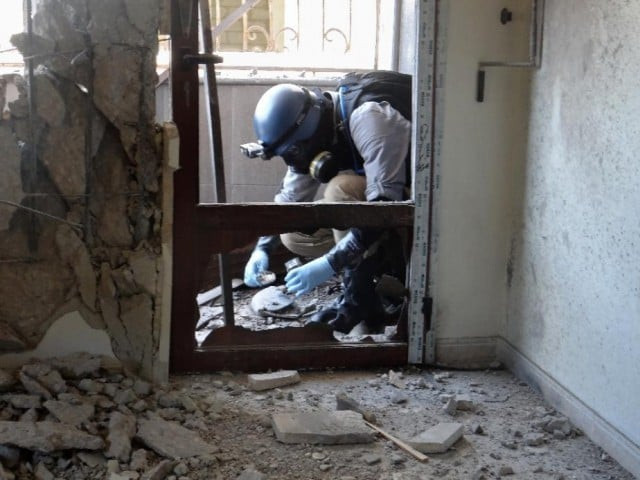
A United Nations weapons expert collects samples during an investigation into a 2013 suspected chemical weapons strike near Damascus. PHOTO: AFP
Virginia Gamba stressed that the team of 24 multi-skilled experts she is assembling will adhere to "sound, objective, impartial" guidelines "that no one can question" to find the culprits.
Poison gas attack: US president backs off imminent Syria strike
"Will I have the name, surname, and age of a perpetrator? I have no idea," Gamba told AFP in an interview at her new UN offices. "It's going to be very hard to do."
A disarmament expert from Argentina, Gamba heads the so-called Joint Investigative Mechanism (JIM), approved by the Security Council in August after evidence surfaced of chlorine gas attacks on three Syrian villages last year.
Describing herself as a "technician," Gamba was picked for the job partly because she has worked on two previous UN missions on chemical weapons use in Syria.
But this panel is "a different kettle of fish," she stressed, with a broader scope and more challenging mandate to identify who is to blame for the attacks, using unassailable methodology.
The starting point for the international investigation are three fact-finding missions from the Organization for the Prohibition of Chemical Weapons that concluded that chlorine was probably used as a weapon on the opposition-held villages, killing 13 people.
But the OPCW stuck to its mandate and did not assign blame for the attacks in Idlib and Hama provinces, among the many horrors to have been documented in Syria's four-year war.
UN adopts resolution setting up Syria chemical weapons probe
Taking those reports, the panel has been asked to dig deeper with the aim of not only pointing the finger at those who carried out the attacks, but also identifying their co-conspirators, organizers, financial backers and sponsors.
"This is what the intention is: to create a very big canvas where everyone would be accountable either directly or indirectly from the very first round of accountability to the end," said the 61-year-old former head of the UN disarmament agency.
"But it is difficult... this was a year ago."
The JIM is the most concrete UN effort to date to establish some accountability in the war that has left more than a quarter of a million people dead, and displaced nearly 12 million.
The panel will be fully up and running around mid-November, with offices in New York, The Hague and Damascus, and a first report on its findings is expected in February.
It has been set up initially for one year, but its mandate could be prolonged.
Under an agreement being negotiated with Damascus, the team will be able to conduct field missions, speak to witnesses and collect evidence.
But even if the panel comes up with a comprehensive list of names, the Security Council would have to adopt a new resolution to impose sanctions or take action against the perpetrators.
Syria lets UN inspect gas attack site
That appears unlikely after Russia and China last year blocked moves to refer Syria to the International Criminal Court for war crimes.
Russia, Syria's ally, has long maintained that there was no hard proof linking President Bashar al Assad's forces to the attacks, despite US insistence that chlorine was used in barrel bombs dropped from helicopters.
The West says that only the regime has helicopters.
Russia played a key role with the United States in ridding Syria of its chemical weapons stockpile under a 2013 agreement that followed a sarin gas attack on a Damascus suburb.


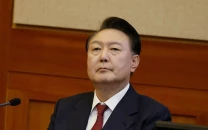
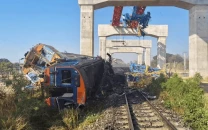
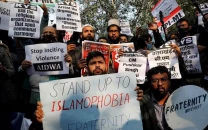
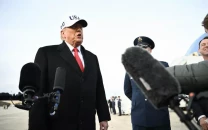
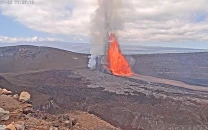












COMMENTS
Comments are moderated and generally will be posted if they are on-topic and not abusive.
For more information, please see our Comments FAQ